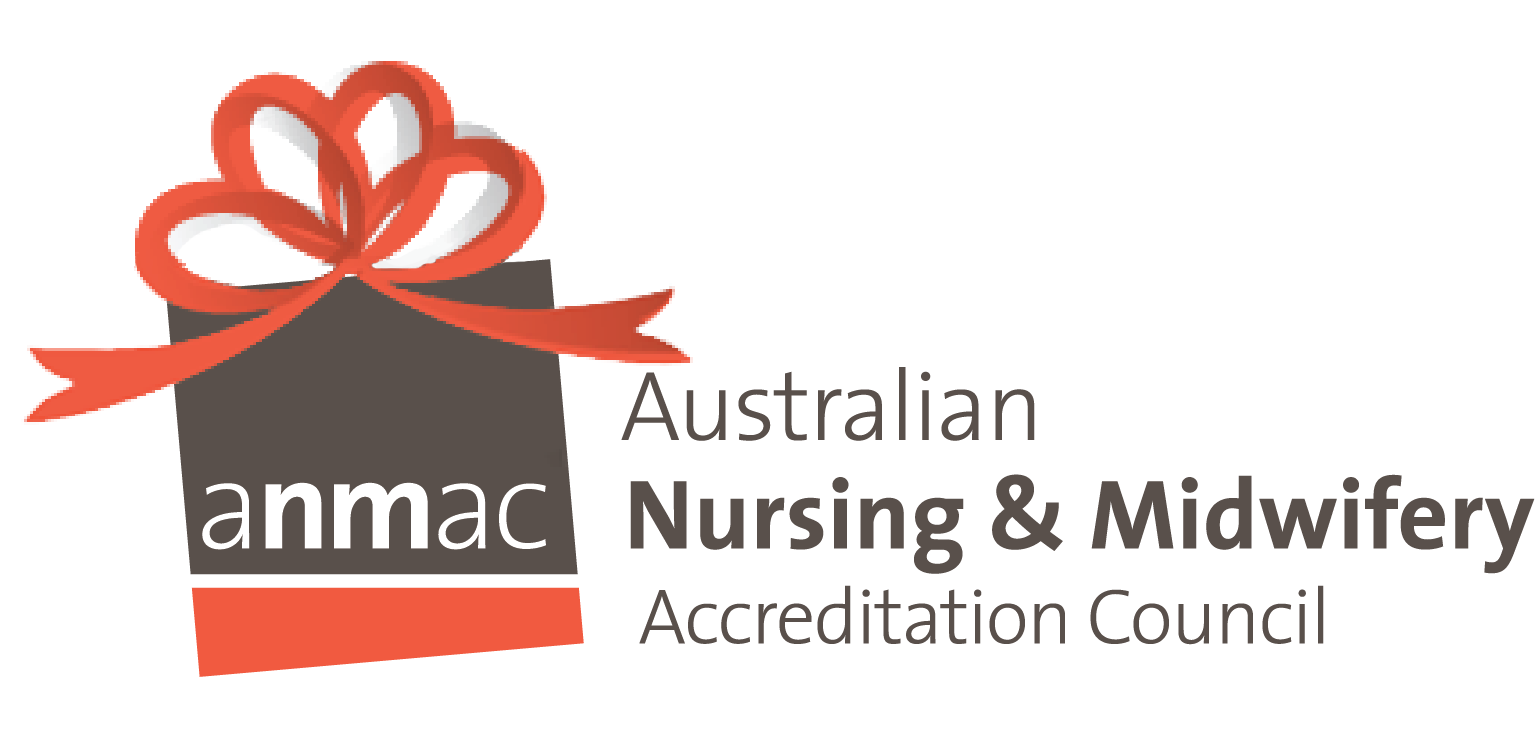Find out what types of prior learning can be transferred to a new qualification, depending on how recently the learning was completed, its AQF level and more.
On this page
Introduction
Recognition of prior learning and relevant experience allows a broader range of students to enter your program. All processes to enable this must follow the Australian Qualification Framework (AQF) policy.
It's important to note that due to differences in prior learning, not all types can be transferred to a new qualification. These differences include:
- how recently learning was completed
- the educational sector where it took place
- its AQF level
- standards for practice
- Code of ethics
- Code of conduct
Transferring credit
When transferring credit from one qualification to another, you must prove that the content and learning outcomes of the 2 qualifications are the equal of each other.
To support this, provide evidence that:
- maps the learning outcomes, educational content and assessments of one qualification's individual
components - evaluates how these are equivalent to the individual components of the other qualification
- shows professional judgement of the credit to be assigned between the the 2 qualifications.
Recognition of prior learning
When a student would like prior learning to be recognised, they need to provide supporting evidence. This evidence must show that they already meet the learning outcomes of their program of study through their:
- current skills
- knowledge
- relevant prior learning.
This prior learning can include previous:
- formal, structured learning within an accredited qualification
- informal learning, for example gained through work experience
- non-formal learning from a structured program without an accredited qualification.
Applying credit
The AQF describes in its Qualifications Pathway Policy how credit can be applied across programs in the same discipline.
The ways credit can be applied include:
- 50% credit for an AQF level 6 program linked to a 3-year Bachelor Degree
- 37.5% credit for an AQF level 6 program linked to a 4-year Bachelor Degree
- 33% credit for an AQF level 5 program linked to a 3-year Bachelor Degree
- 25% credit for an AQF level 5 program linked to a 4-year Bachelor Degree.
The amount of credit granted depends on the equivalence between the learning from each qualification. It also depends on consideration of the learning's:
- objectives
- volume
- level
- educational and professional context.
Note: The application of credit is equally applied to a program's clinical and theory content.
Entry pathways for students with relevant experience
You can provide a formal entry pathway into your program for student groups with education and
skills that are strongly related to nursing or midwifery.
To do this, you must show that you have:
- applied the Recognition of Prior Learning and Credit Transfer principles as defined by the AQF
- considered the educational and professional context of prior learning.
You must also then:
- describe the student groups relevant to entry into your higher education nursing or midwifery program
- map your program against the abilities or qualifications of these groups
- show how you will assess the suitability of applications from these groups
- show the processes you'll put in place to cater to students who come into the program from an alternative pathway.
Read the AQF's Qualifications Pathways Policy for more information.
Required evidence
All accreditation standards require credit transfer and recognition of prior learning (RPL) to be consistent with both:
- AQF national principles
- a graduate's ability to practice competently, as measured by national regulation.
All education providers are required to show they meet the standards by providing or showing:
- valid and equitable governance, policy and documentation to assess a student for RPL and credit transfer
- evidence prior learning is relevant to the learning outcomes of the nursing or midwifery program
- evidence the RPL assessment is done by academic or teaching staff with expertise in both the program content and RPL assessment
- evidence provided by the student is valid
- each application for RPL and credit transfer is assessed on individual merit
- formal pathways for specific student groups are mapped against applicants' achievements and attributes
- qualification outcome integrity is maintained.
Contact us
If you have any questions about integrating transferring credit and recognising prior learning, you can contact Accreditation Services on +61 2 6257 7960. Or, you can send an email to accreditation@anmac.org.au
